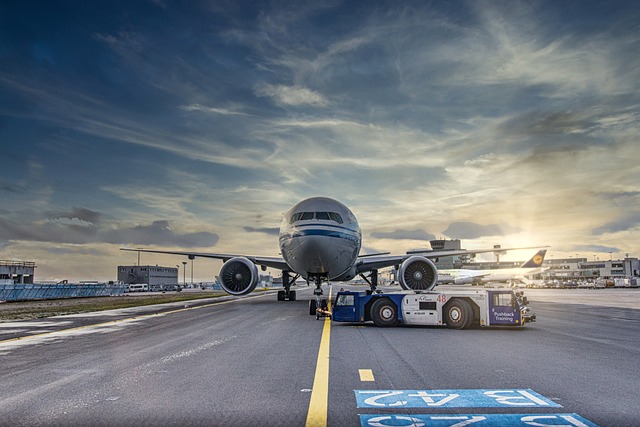Title: Surge in Jet Orders: Airlines Anticipate Shortage, Fueling Growth Analysis
Introduction: In recent times, the aviation industry has witnessed a remarkable surge in jet orders placed by airlines around the world. This surge can be attributed to growing concerns and anticipation of a potential shortage of aircraft. Airlines, seeking to secure their future operations and expand their fleets, are proactively placing orders to mitigate any potential disruptions. This analysis delves into the reasons behind the jet order boom and its implications for the aviation industry.
- Increased Demand for Air Travel: The primary driving force behind the surge in jet orders is the increasing global demand for air travel. As economies recover from the impact of the pandemic, passenger numbers have rebounded, surpassing pre-pandemic levels in many regions. Airlines are witnessing a strong resurgence in customer demand, leading to the need for additional aircraft to meet this growing passenger base.
- Fleet Renewal and Expansion: Airlines are also utilizing this opportunity to renew and expand their existing fleets. Many carriers have aging aircraft that are nearing retirement, and replacing them with modern, fuel-efficient jets is a priority. With advancements in technology, newer aircraft offer improved fuel efficiency, reduced maintenance costs, and enhanced passenger comfort. Moreover, expanding their fleets allows airlines to capitalize on emerging markets and seize new growth opportunities.
- Anticipation of Aircraft Shortage: Another significant factor contributing to the jet order boom is the industry’s anticipation of an aircraft shortage in the coming years. The COVID-19 pandemic disrupted the manufacturing supply chain, leading to production delays and a decrease in jet deliveries. This, coupled with the pent-up demand for air travel, has resulted in a potential mismatch between supply and demand in the future. Airlines are apprehensive about securing their aircraft orders well in advance to ensure uninterrupted operations and avoid potential bottlenecks caused by limited supply.
- Optimism for the Post-Pandemic Era: Despite the challenges faced during the pandemic, airlines are optimistic about the industry’s recovery and the return to pre-pandemic levels of air travel. The surge in jet orders signifies the industry’s confidence in the post-pandemic era and its belief in the long-term growth potential of air transportation. Airlines are making strategic investments to position themselves strongly and gain a competitive edge as the industry rebounds.
- Implications for the Aviation Industry: The surge in jet orders has significant implications for the aviation industry as a whole. Firstly, it provides a much-needed boost to aircraft manufacturers, who were grappling with the impact of the pandemic on their order books. Increased orders translate into a healthier backlog, ensuring sustained production and employment opportunities within the aerospace sector. Secondly, it stimulates economic activity and investment in related industries, such as aircraft component manufacturing, maintenance, and aviation infrastructure.
Conclusion: The analysis of the recent surge in jet orders by airlines underscores the aviation industry’s recovery and its positive outlook for the future. Airlines are responding to increased passenger demand, the need for fleet renewal, and the anticipation of an aircraft shortage. This trend not only benefits the airlines themselves but also has wide-ranging implications for aircraft manufacturers and related industries. As the industry navigates through the challenges posed by the pandemic, the surge in jet orders serves as a testament to the resilience and optimism of the aviation sector.












